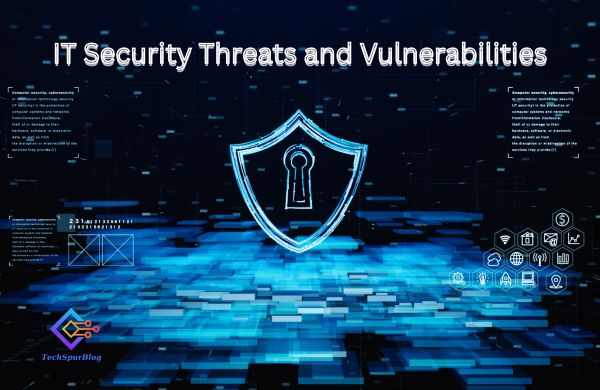Recent statistics indicate the significance of network security evaluation in the wake of the increasing cyber threats. Breaches are expensive because cybercrime expenses are projected to increase by 15 percent to 10.5 trillion in 2025, compared to the previous year. Weekly attack attempts target businesses at approximately 1,636, and 88 percent of ransomware attacks target small to medium businesses. A breach of data taking over 200 days is estimated at an average of $5.46 million.
In modern society that is rapidly shifting towards the digital era, network security testing is a crucial measure to defend IT. It assists in identifying the areas of weakness, preventing cyber attacks, fulfilling legal requirements, and ensuring that businesses operate.
With the increasing number of cyber threats at the global level, an organization that ensures it verifies the security of its networks in good time secures any sensitive data and remains resilient.
Significance of Network Security Assessment.
Network security tests allow an organization to take an in-depth look at its IT systems with the view of identifying threats that can be exploited by an attacker. The key point is to identify such issues as outdated software, incorrect settings, or ineffective passwording systems before they can be used by criminals.
- This is a proactive strategy that prevents the expensive issues of data breaches as well as safeguards the precious information, like customer data.
- Tests also assist companies in complying with such regulations as GDPR, HIPAA, and PCI-DSS. Non-compliance will result in huge penalties and damage the reputation of a company.
- Periodical evaluations enhance the response capacity to incidents. They display explicit points of attacker paths and their prevention.
- The second way that companies can maintain high security is by adapting to emerging risks and revising the protection lines.
- Ransomware, AI-based attacks, and supply-chain issues are examples of fast cyber threats that demonstrate why 2025 requires proactive activities.
Also Read: IT Security Threats and Vulnerabilities: Risks and How to Mitigate Them
Essentials of Network Security Assessment.
- Asset Inventory and Mapping – Enumerate all the devices, servers, endpoints, cloud services, and third-party connections in the network. Devices that are not used can harbor dangers that can be exploited by attackers.
- Vulnerability Scanning – Attempt to identify vulnerabilities methodically, like outdated programmes, incorrect configuration, or unsecured ports.
- Risk Analysis – Prioritize the problems according to the extent to which they may damage the business and the probability of their occurrence.
- Penetration Testing – Use the fake attacker approach of ethical hacking to test the defense and response.
- Compliance Auditing – Assure that the organization is abiding by the industry rules and standards.
Advantages of Periodic Network Security Testing
- Early Threat Detection – The sooner the weaknesses are fixed, the less likely the threats are to attack and prevent breaches.
- Regulatory Compliance – Makes sure the company does not overstep the legal boundaries to pay fines and retain trust.
- Improved Incident Response – Allows quicker, more direct action in case of a security occurrence as a result of being aware of the threats.
- Money Wisely Spent – Since security is a non-linear phenomenon, help is optimized to focus on the largest threats and spend money appropriately.
- Increased Customer Trust – Demonstrates to customers that the company takes their information seriously, which will bring loyalty and a brand name.
Best Practices and Tools
- Successful assessments are a combination of methods and tools. Such common ones are vulnerability checks, penetration tests, security audits, risk review, and compliance tests. Each of them provides a special insight, and they make a solid defense plan.
- Good practice defines the scope, locates all the assets, and tests automatically and manually.
- Special software is used by companies to generate effective reports that contain problems, risks, and solutions that match business priorities.
- It is recommended to do assessments repeatedly and to train employees. The threat of people is still big, and thus, awareness training is significant.
Also Read: Data Privacy and Security: Protecting Your Information in the Digital World
Conclusion
Hands-on testing is 2000 times quicker than computerized scans, and it is important to have in-depth hands-on testing. The penetration testing services are on the increase, and it is estimated that the market will increase from over 3.9billion to 1.7billion in the years 2024 and 2029, respectively, meaning that more demand will be on sophisticated vulnerability detection. It has an average time of fixing a critical flaw of 65 days, yet attackers can exploit it within 7 days, hence the importance of constant, prompt evaluation.
Network security testing is an important feature of IT system security in 2025 as cyber threats continue to become more intelligent and more common. Companies reduced cyber risks and financial harm by locating vulnerabilities, satisfying regulations with experts.














